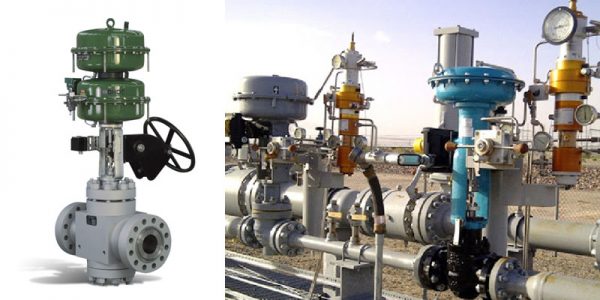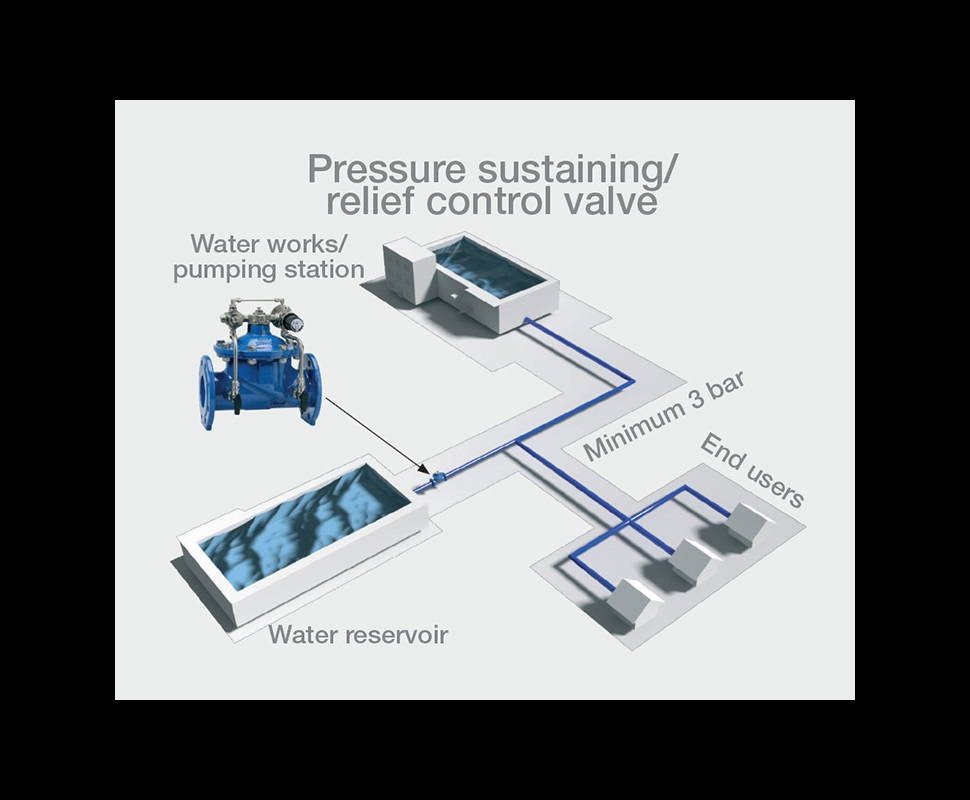The Duty of Control Valves in Liquid Flow Management Solution
The Duty of Control Valves in Liquid Flow Management Solution
Blog Article

Maximize Energy Savings and Comfort With Advanced Building Automation Controls
In the world of modern-day design and facility administration, the integration of advanced structure automation controls stands as an essential improvement. The convergence of innovation and sustainability has actually birthed a new period where energy performance, convenience optimization, and operational streamlining are no more remote aspirations however achievable facts. By utilizing the power of automation, structures can adapt, react, and develop in ways that were as soon as unbelievable. The possibility for significant energy savings and improved convenience is not simply an assurance yet an opportunity waiting to be met. This paradigm shift in building management holds the vital to unlocking a world where environmental conscientiousness and occupant wellness harmoniously coexist within the wall surfaces of our frameworks.
Energy Effectiveness Conveniences
Power effectiveness benefits can substantially decrease power consumption and functional prices in buildings. Energy-efficient systems, such as innovative structure automation controls, can enhance the use of resources like heating, illumination, and air conditioning, leading to reduced energy costs over time.
In addition, enhanced energy effectiveness can extend the lifespan of building tools and systems. By running extra successfully, cooling and heating systems, light, and other structure components experience less wear and tear, causing reduced maintenance and replacement expenses. Furthermore, energy-efficient buildings usually regulate higher residential or commercial property values and rental rates, giving lasting economic advantages to owners.
Moreover, power effectiveness can enhance owner convenience and productivity. Properly controlled indoor environments with ideal lights and thermal problems produce an even more helpful and pleasurable office, bring about improved worker fulfillment and efficiency. On the whole, the energy effectiveness benefits linked with advanced building automation controls are diverse, encompassing expense financial savings, environmental stewardship, and owner wellness.
Enhanced Convenience Control
Enhancing comfort control in structure settings calls for a sophisticated combination of sophisticated automation systems for optimum owner wellness. By using innovative structure automation controls, centers can customize the indoor atmosphere to meet the certain requirements and choices of owners. control valves.
Improved convenience control surpasses fundamental temperature level adjustments. It consists of features such as tailored settings, tenancy sensing units, and natural light use to develop a dynamic and responsive setting. By integrating these innovative controls, structures can not just boost convenience but likewise improve energy efficiency by optimizing system operations based upon real tenancy and use patterns. Inevitably, focusing on owner comfort via advanced automation systems leads to an extra enjoyable and healthier interior atmosphere.
Functional Performance Improvements

Additionally, the application of real-time surveillance and analytics devices makes it possible for structure operators to recognize energy inefficiencies and operational abnormalities without delay. By constantly keeping an eye on energy use patterns and system performance metrics, adjustments can be made in real-time to optimize power consumption and ensure peak functional efficiency. control valves. In addition, including demand reaction strategies into structure automation controls can better improve operational effectiveness by dynamically readjusting power use based upon grid conditions and prices signals
Indoor Climate Optimization
Efficient indoor environment optimization is a fundamental element of structure automation controls, making certain passengers' convenience and well-being while making the most of power cost savings. By making use of advanced sensors and controls, developing automation systems can continuously change and keep an eye on temperature, moisture levels, air top quality, and ventilation to create an optimum interior atmosphere. Keeping comfortable and constant conditions not just improves passenger complete satisfaction however likewise enhances performance and general wellness.
Indoor climate optimization also plays a critical function in power effectiveness. By fine-tuning air flow, heating, and cooling systems based on real-time information and tenancy patterns, developing automation controls can considerably decrease power intake - control valves. Carrying out methods such as demand-controlled air flow and thermal zoning can aid lessen energy waste while making certain that each location of the structure gets the required conditioning.

Lasting Atmosphere Creation
Structure automation manages not just enhance indoor climate conditions for power efficiency and occupant convenience but also lay the structure for producing a lasting environment click this via critical administration of systems and sources. By incorporating advanced structure automation innovations, such as sensors, actuators, and smart software program, facilities can monitor and change energy usage in real-time to minimize waste and minimize their carbon impact. These systems allow anticipating upkeep, identifying prospective problems prior to they intensify and maximizing equipment efficiency to improve long life and effectiveness.
Furthermore, lasting environment creation extends past energy monitoring to encompass water preservation, waste decrease, and indoor air quality improvement. Structure automation controls can regulate water use, find leakages, and guarantee proper garbage disposal techniques, adding to overall sustainability efforts. Furthermore, by managing and keeping an eye on air flow and purification systems, these technologies enhance resident health and wellness and efficiency while reducing power consumption associated with a/c procedures.
Final Thought
To conclude, advanced structure automation regulates deal considerable advantages in terms of power savings, convenience control, functional effectiveness, indoor climate optimization, and creating a lasting setting. By applying these controls, buildings can attain optimal efficiency while lowering power consumption and enhancing resident comfort. It is evident that making use of sophisticated automation innovation is crucial in boosting building efficiency and producing a much more lasting future.
Energy performance benefits can substantially decrease power consumption and functional costs in buildings. Generally, the power performance advantages linked with innovative building automation controls Visit Website are diverse, including price financial savings, ecological stewardship, and resident health.
Additionally, integrating need reaction strategies right into structure automation controls can further improve operational efficiency by dynamically adjusting energy use based on grid problems and pricing signals.
Structure automation manages not just optimize indoor climate conditions for energy effectiveness and owner convenience yet also lay the foundation for creating a sustainable environment through calculated monitoring of sources and systems.In final thought, advanced building automation regulates deal considerable advantages in terms of power cost savings, comfort control, operational find out here now performance, indoor climate optimization, and developing a lasting setting.
Report this page